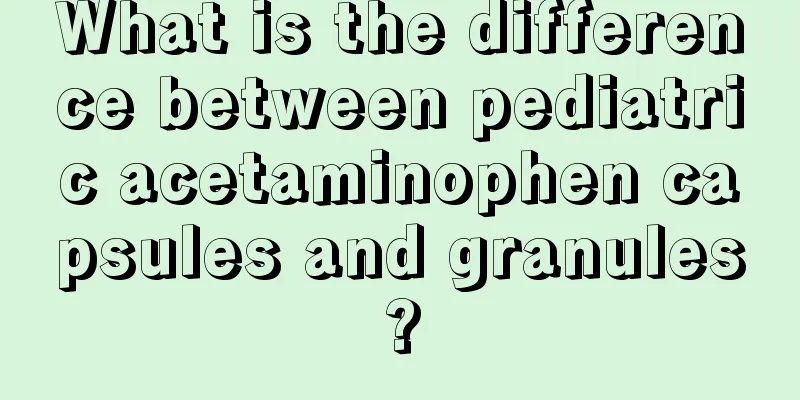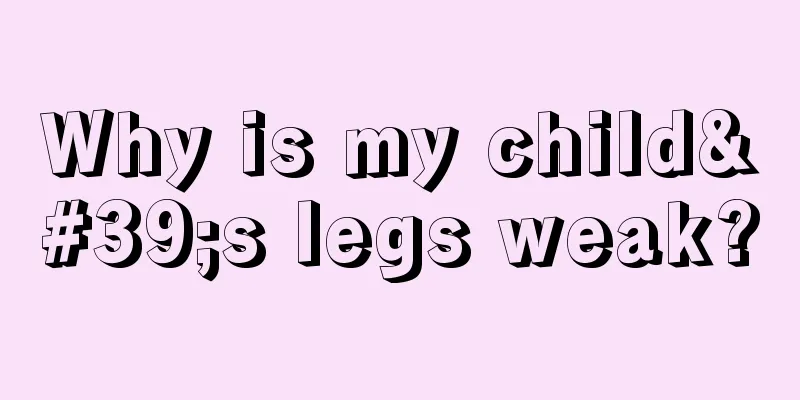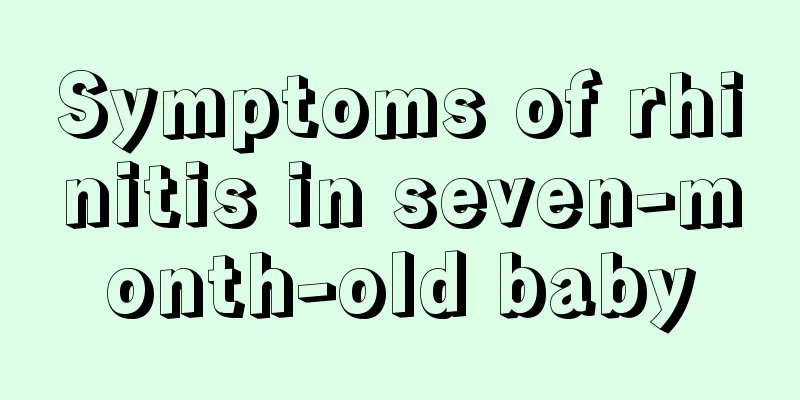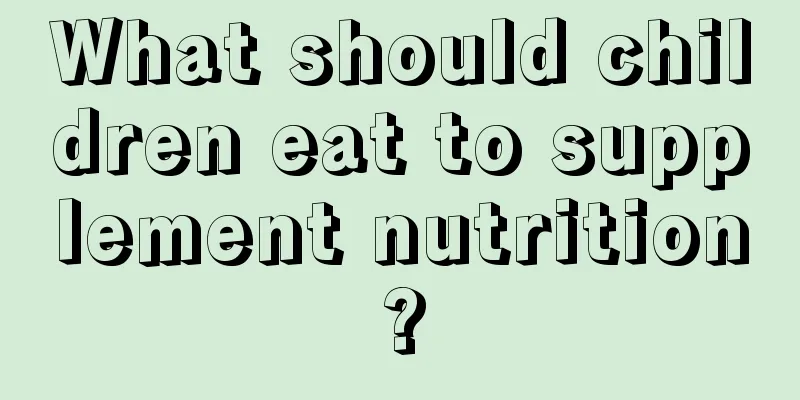What is the difference between pediatric acetaminophen capsules and granules?

|
Children's Paracetamol and Amantadine Granules and Children's Paracetamol and Phenylephrine Granules are both very familiar medicines in daily life. Due to the similarity in the drug names and therapeutic effects, many people easily confuse the two. In fact, there are differences between the two drugs in terms of ingredients, indicated diseases and precautions. The latter contains adamantane hydrochloride, so in addition to the common treatment of colds, runny nose, nasal congestion, cough and other diseases, it also has antiviral effects. For the health of the children, parents need to choose appropriate drugs according to their needs and must not choose the wrong drugs due to negligence. 1. Ingredients The basic ingredients of pediatric acetaminophen granules and pediatric acetaminophen granules are the same. The difference is that acetaminophen granules also contain amantadine hydrochloride, which leads to slightly different indications. 2. Indications 1. Paracetamol and Amantadine Granules for Children are suitable for relieving fever, headache, limb pain, sneezing, runny nose, nasal congestion, sore throat and other symptoms caused by common cold and influenza in children. They can also be used for the prevention and treatment of influenza in children. This product is a compound preparation, each package contains 0.1 g of acetaminophen, 40 mg of amantadine hydrochloride, 4 mg of artificial bezoar, 6 mg of caffeine, and 0.8 mg of chlorpheniramine maleate. The auxiliary ingredients are: tartrazine, stevia, sweet orange oil flavor, sodium carboxymethyl cellulose and sucrose. 2. Children's Paracetamol and Phenylamine Granules are suitable for relieving symptoms such as fever, headache, limb pain, sneezing, runny nose, nasal congestion, sore throat, etc. caused by common cold and influenza in children. This product is a compound preparation. Each bag contains 125 mg of acetaminophen, 0.5 mg of chlorpheniramine maleate, and 5 mg of artificial bezoar. Auxiliary ingredients: sucrose, aspartame, stevia and edible flavors. 3. The active ingredient of both children's acetaminophen granules and acetaminophen granules is the same, acetaminophen, so the effects of the two drugs are basically the same. Both are used for children's colds, mainly to treat symptoms such as runny nose, nasal congestion, sneezing, headache, low fever, etc. caused by colds. 4. Children's acetaminophen granules contain amantadine hydrochloride, which has a certain antiviral effect, can resist "subtype A" influenza virus and inhibit viral reproduction. Studies have shown that amantadine hydrochloride can effectively prevent and treat various influenza A virus infections in clinical practice. If this product is used as a preventive medicine during the influenza epidemic, the protection rate can reach 50%~79%. For those who have already developed the disease, if the drug is given within 48 hours, it can effectively treat respiratory symptoms caused by influenza A virus. However, children's acetaminophen granules do not contain amantadine. 5. Children's Paracetamol and Phenylacetamine Granules contain caffeine, which can enhance the antipyretic effect of acetaminophen and reduce drowsiness and dizziness caused by illness or other drugs in children. 6. The effects of pediatric acetaminophen granules and acetaminophen granules are similar, and both can be used to treat symptoms caused by colds. However, in preventing colds, acetaminophen granules for children have advantages over acetaminophen granules for children. Children's acetaminophen granules can be used for the prevention and treatment of influenza in children. However, Children's Aminoflavone Granules do not have the effect of preventing and treating influenza. Therefore, taking pediatric acetaminophen granules for 3 to 4 days at the beginning of the school year or in crowded places, or when you have the flu, can have a preventive effect. 3. Notes Although pediatric acetaminophen and pediatric acetaminophen granules are both over-the-counter drugs, they should not be abused clinically. It is best to consult a doctor before taking the medicine to avoid adverse reactions. Due to the lack of data on the safety and efficacy of acetaminophen granules in neonates and infants under 1 year old, this product is contraindicated in neonates and infants under 1 year old. |
<<: Why does my child keep sniffing his nose when he doesn't have any snot?
>>: Is it vitiligo if there are white spots on the child's scalp?
Recommend
What to do if your baby coughs sometimes
Some babies suffer from certain diseases and deve...
What to do if your baby chokes on milk
Babies are prone to choking on milk when they are...
What to do if children have scalp dermatitis?
You can tell from so many anti-dandruff shampoo a...
Why is my baby's poop black?
Babies’ poop is usually golden yellow, but if it ...
What Chinese medicine should children take for internal heat?
Children are often naughty and don’t drink water ...
Reasons for slow response in newborns
There is a folk legend that babies born naturally...
What causes vomiting in young children?
Many parents have encountered vomiting in their y...
How to deal with children's tinea pedis
Tinea pedis is a very common fungal infection of ...
How Down's Syndrome Sleeps
Generally, when you are pregnant, you must rememb...
Why does the child's face turn yellow?
Many people will have an abnormal complexion due ...
What are the physical examination items for children in kindergarten?
When a child is about to enter kindergarten, he o...
Neonatal subcutaneous hematoma
I believe most people know that newborns are very...
What to do if your child has abnormal EEG?
The electroencephalogram can directly reflect the...
What to use for bathing baby with eczema
Eczema is a skin problem caused by a damp and hot...
Reasons why babies have snoring throats
Some mothers have noticed that their babies make ...









